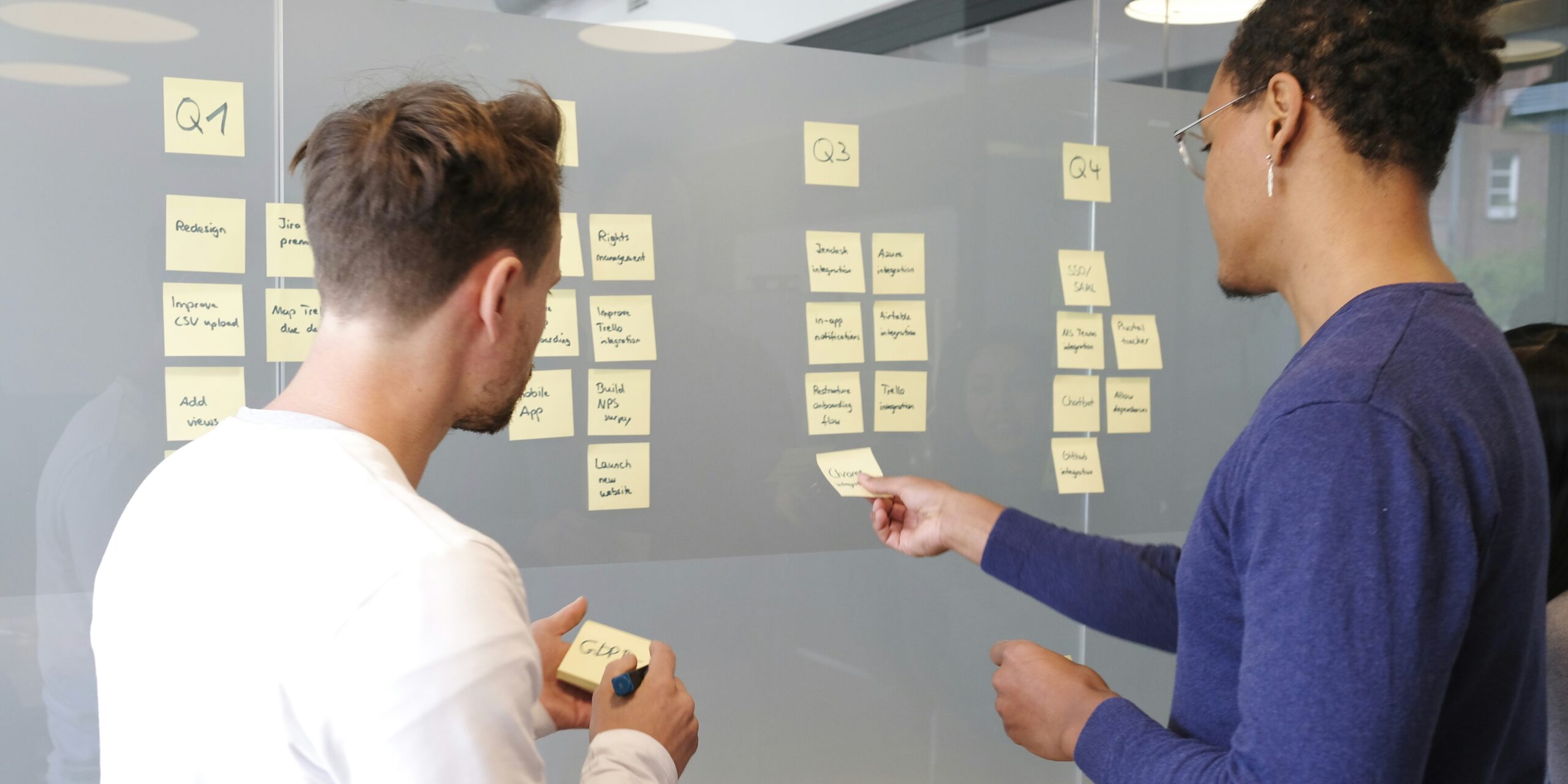Have you ever wondered, what is the perfect training course length that guarantees success? It’s a common question, but as it turns out, the answer is more nuanced than you might think. In the world of Learning & Development, the one-size-fits-all approach rarely leads to the desired outcomes. So let’s dive in and explore the factors that determine the ideal length of a training course, and how it varies based on your organization’s needs and goals.
1. Learning Objectives and Complexity
First and foremost, the optimal length of a training course depends on the learning objectives and the complexity of the subject matter. For instance, teaching employees about new software might require a shorter duration than a full-fledged leadership development program. As one L&D professional puts it, ‘The length of the training course should be determined by the time it takes to effectively cover the material and achieve the desired learning outcomes.’
2. Audience Engagement and Attention Span
Another critical factor is the target audience’s attention span and engagement levels. Studies suggest that the average adult’s attention span is around 20 minutes, and pushing beyond that can lead to diminishing returns. A Fortune 500 L&D professional once said, ‘To make the most out of the training session, it’s essential to break the content into digestible chunks and incorporate activities to maintain audience engagement and retention.’
3. Training Format and Delivery Methods
The format of the training course and the delivery methods used also play a significant role in determining the optimal length. Traditional classroom-based training may take longer, whereas eLearning and microlearning sessions can be quicker and more flexible. One L&D expert mentioned, ‘With advances in technology, training courses can be designed and tailored to suit the learners’ preferences, abilities, and schedules.’
4. Assessing and Reinforcing Learning
Finally, it’s crucial to dedicate time to assessing and reinforcing the learning that took place during the training course. This might include quizzes, group discussions, or follow-up sessions. A seasoned L&D professional shared, ‘Continuous assessment and reinforcement ensure that the knowledge and skills acquired during the training are put to practical use and retained for the long term.’
Why Learnexus?
So, what is the optimal length of a training course? It’s a trick question, as it depends on various factors such as learning objectives, audience engagement, training format, and reinforcement strategies. At Learnexus, we help managers at companies quickly and easily find and hire freelancers with highly specific skills and experience in Learning & Development. Our platform offers a 47% cost saving, saving managers time, and eliminating procurement issues with a single master services agreement. Let Learnexus guide you in designing and delivering the perfect training course for your organization!




